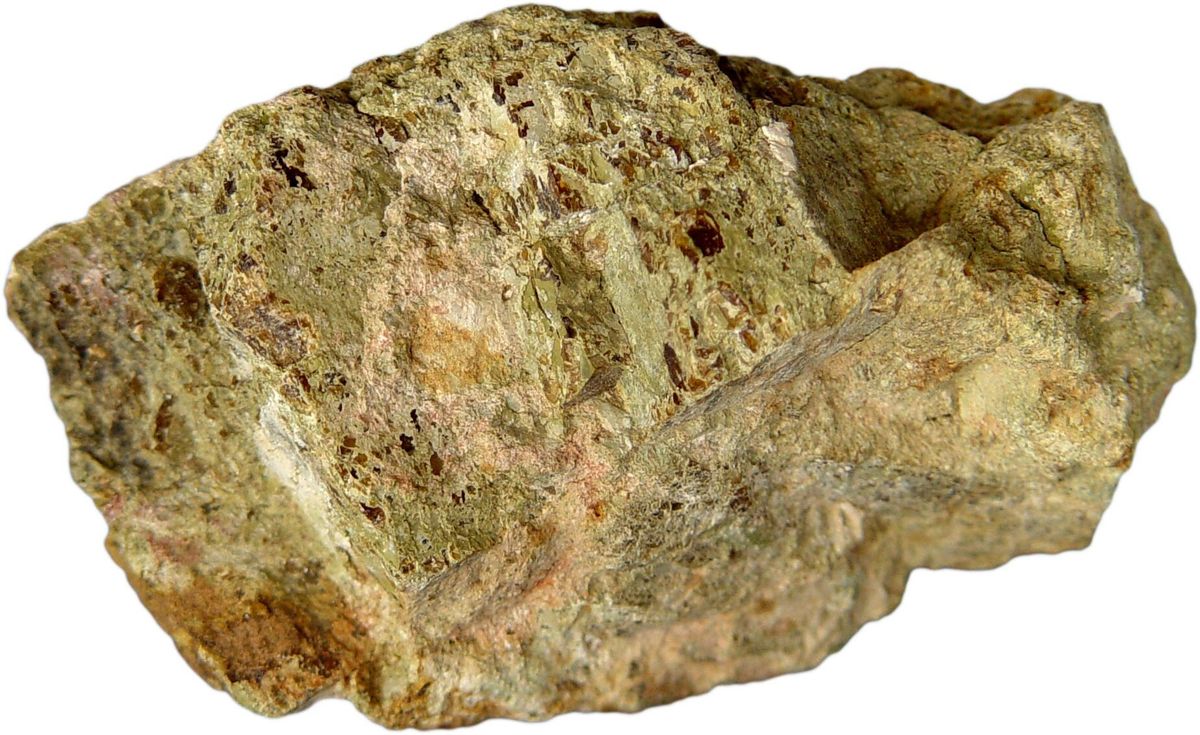
Bastnäsite is a fascinating mineral that holds a significant place in the world of geology and industry. Did you know that this mineral is a primary source of rare earth elements? These elements are crucial for manufacturing electronics, magnets, and even hybrid car batteries. Found mainly in carbonatite and alkaline rock formations, bastnäsite often appears in shades of yellow, brown, and reddish-brown. Its discovery dates back to the early 19th century in Bastnäs, Sweden, which is how it got its name. Intriguingly, bastnäsite is not just a single mineral but a group of minerals with similar properties. Want to learn more about this remarkable mineral? Keep reading to uncover 30 intriguing facts about bastnäsite!
Key Takeaways:
- Bastnäsite, a mineral rich in rare earth elements, is crucial for high-tech industries like electric vehicles and aerospace. Its extraction and use have significant environmental and economic impacts, requiring sustainable management.
- Found in various locations worldwide, bastnäsite's unique crystal shapes and vibrant colors make it a fascinating subject for mineralogists and collectors. Its industrial uses range from high-strength magnets to reducing vehicle emissions.
What is Bastnäsite?
Bastnäsite is a fascinating mineral with a rich history and significant industrial importance. Found primarily in carbonatite rocks, it is a primary source of rare earth elements. Let's dive into some intriguing facts about this mineral.
-
Bastnäsite was first discovered in 1841 in Bastnäs, Sweden, which is how it got its name.
-
This mineral is typically found in carbonatite and alkaline igneous rocks.
-
Bastnäsite is a primary source of rare earth elements like cerium, lanthanum, and yttrium.
-
The mineral's chemical formula is (Ce, La)CO3F, indicating it contains cerium, lanthanum, carbonate, and fluoride.
-
It often appears in yellow, brown, or reddish-brown colors.
-
Bastnäsite has a Mohs hardness of 4 to 4.5, making it relatively soft.
-
The mineral has a specific gravity of 4.9 to 5.2, which is quite dense.
Where is Bastnäsite Found?
Bastnäsite is not just limited to Sweden. It has been discovered in various locations around the world, each with its unique geological settings.
-
Significant deposits of bastnäsite are found in the Mountain Pass mine in California, USA.
-
China is another major producer, with large deposits in the Bayan Obo mine in Inner Mongolia.
-
Other notable locations include the Zagi Mountains in Pakistan and the Kola Peninsula in Russia.
-
Bastnäsite is also found in Madagascar, Norway, and Canada.
-
The mineral is often associated with other rare earth minerals like monazite and xenotime.
Industrial Uses of Bastnäsite
Bastnäsite plays a crucial role in various industries due to its rare earth elements. These elements are essential for modern technology and industrial applications.
-
Rare earth elements from bastnäsite are used in the production of high-strength magnets.
-
These magnets are essential for electric vehicles, wind turbines, and various electronic devices.
-
Bastnäsite-derived cerium is used in catalytic converters to reduce vehicle emissions.
-
Lanthanum from bastnäsite is used in camera lenses and high-quality optical glass.
-
The mineral is also used in the production of phosphors for color television tubes and LED lights.
-
Bastnäsite's rare earth elements are crucial for the aerospace and defense industries.
Environmental and Economic Impact
The extraction and processing of bastnäsite have significant environmental and economic implications. Understanding these impacts is essential for sustainable development.
-
Mining bastnäsite can lead to environmental degradation if not managed properly.
-
The extraction process often involves the use of harmful chemicals, which can contaminate water sources.
-
Proper waste management and recycling of rare earth elements can mitigate some environmental impacts.
-
The demand for rare earth elements from bastnäsite is expected to grow with the rise of green technologies.
-
Countries with significant bastnäsite deposits have a strategic advantage in the global market.
-
The economic value of bastnäsite lies in its rare earth elements, which are critical for various high-tech industries.
Interesting Facts About Bastnäsite
Beyond its industrial and economic importance, bastnäsite has some unique and lesser-known characteristics that make it a subject of interest for mineralogists and collectors.
-
Bastnäsite crystals can form in hexagonal or prismatic shapes.
-
The mineral exhibits a vitreous to resinous luster, making it visually appealing.
-
Under ultraviolet light, bastnäsite can fluoresce, showing a bright yellow or green color.
-
Bastnäsite is often found in association with minerals like barite, calcite, and fluorite.
-
The mineral's name is sometimes spelled "bastnaesite" in different regions.
-
Collectors value bastnäsite specimens for their unique crystal shapes and vibrant colors.
The Final Word on Bastnäsite
Bastnäsite, a fascinating mineral, holds significant value in various industries. Its unique properties make it a key player in the production of rare earth elements. These elements are essential for manufacturing electronics, renewable energy technologies, and even some medical devices. Understanding bastnäsite's role helps us appreciate its impact on modern technology and industry.
Mining bastnäsite isn't without challenges. Environmental concerns and the need for sustainable practices are crucial considerations. As demand for rare earth elements grows, finding a balance between resource extraction and environmental protection becomes increasingly important.
In short, bastnäsite is more than just a mineral. It's a cornerstone of technological advancement and industrial progress. By learning about its properties and uses, we gain insight into the complexities of modern manufacturing and the importance of responsible resource management.
Frequently Asked Questions
Was this page helpful?
Our commitment to delivering trustworthy and engaging content is at the heart of what we do. Each fact on our site is contributed by real users like you, bringing a wealth of diverse insights and information. To ensure the highest standards of accuracy and reliability, our dedicated editors meticulously review each submission. This process guarantees that the facts we share are not only fascinating but also credible. Trust in our commitment to quality and authenticity as you explore and learn with us.
